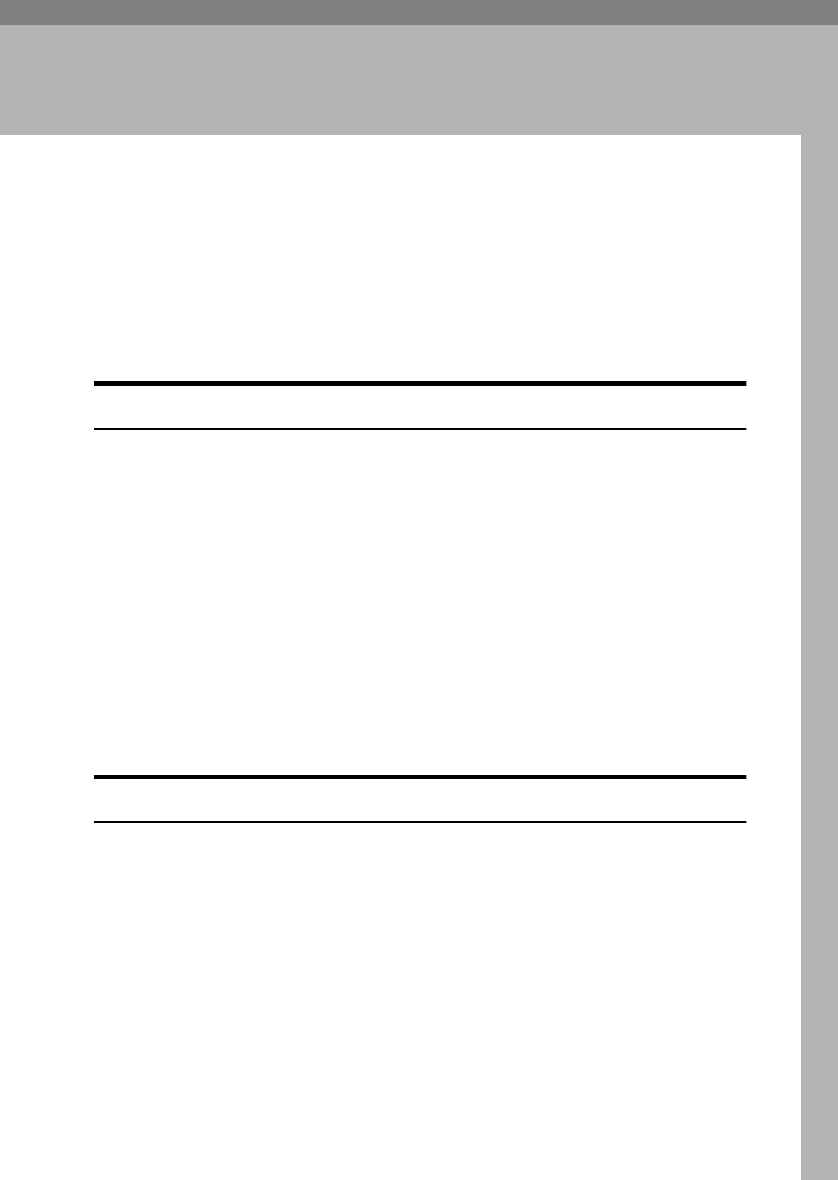
143
8. Security
Security
Confidential information is always at risk of being copied without permission or
subject to unauthorized access through the network. To protect documents from
such intrusion, not only can passwords be set, but also the Extended Security
function can be used to strengthen security.
For those who require increased document protection, we recommend using the
Extended Security function.
Primary Security Functions
❖
❖❖
❖ Protecting Stored Documents
Protects documents with a password when using Document Server or Locked
Print. Furthermore, the Extended Security function can protect against pass-
word-generating cracking. See p.143 “Extended Security Function”.
❖
❖❖
❖ Protecting Image Data Remaining in Memory
Protects image data remaining in memory. When a copy or print job is com-
pleted, or a job is canceled, the data is secure.
❖
❖❖
❖ Protecting against Unauthorized Access Via Phone Line
Accepts only facsimile calls.
❖
❖❖
❖ Authenticating Administrator
Protects essential functions for administrating document security using an ac-
cess code. See p.58 “Key Operator Code”.
Extended Security Function
By setting a password, document operations such as printing, deleting, or deliv-
ering can be restricted to authorized users and denied to others. However, pass-
words can be cracked. When the Extended Security function is used, entering the
wrong password 10 times will lock that document, protecting it from unauthor-
ized access.
To unlock documents, see p.145 “Unlocking a locked document”.
Documents that can be protected by the Extended Security function are as fol-
lows (all documents must be set with a password to be protected using this func-
tion):
RussianC3_AEgsg-F_FM.book Page 143 Monday, June 16, 2003 6:35 PM


















